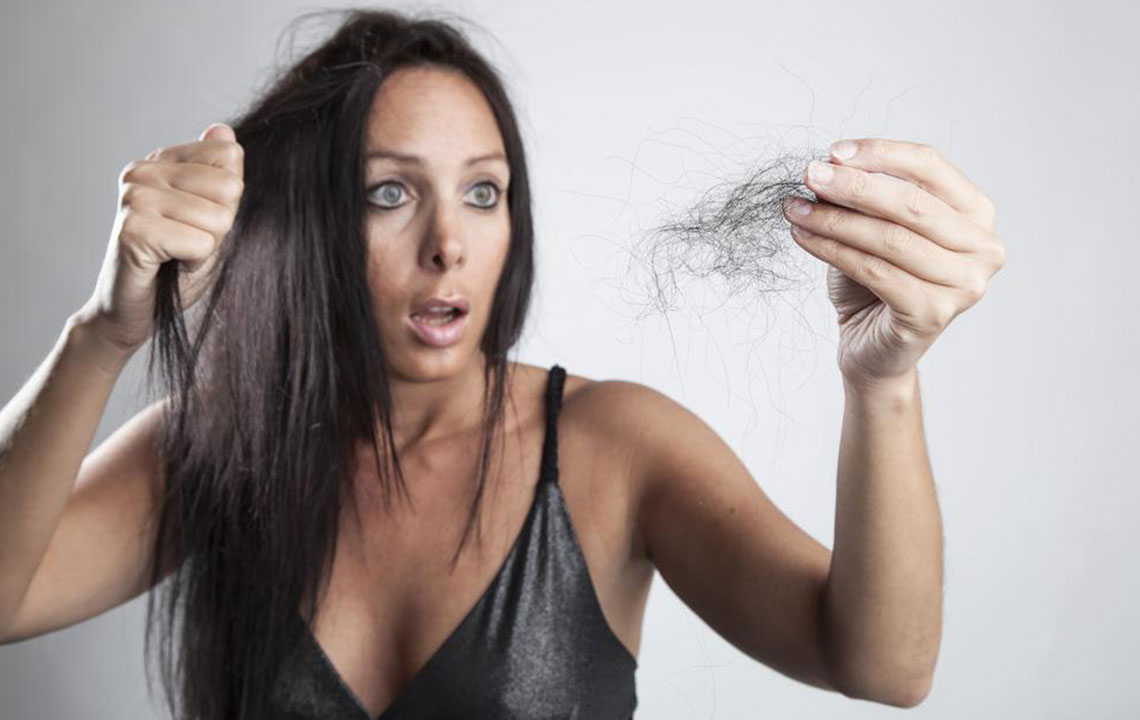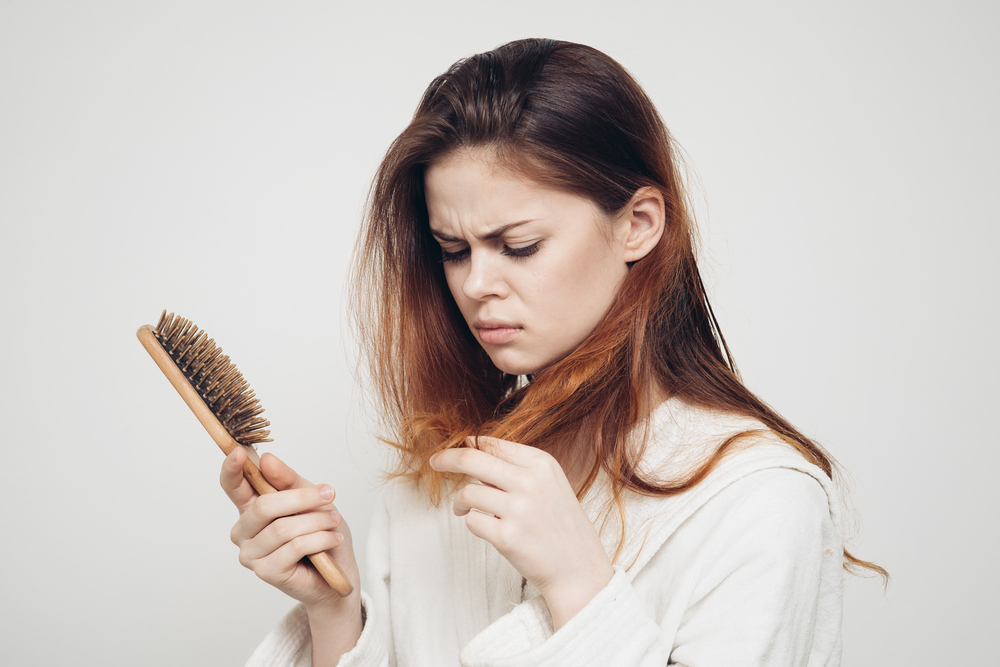Comprehensive Guide to Hair Loss and Natural Hair Regrowth Methods
This comprehensive guide explores the causes of hair loss, the natural hair growth cycle, and effective strategies to promote hair regrowth. From dietary tips to medical treatments, learn how to maintain healthy hair and restore confidence with natural and innovative solutions.

Comprehensive Guide to Hair Loss and Natural Hair Regrowth Methods
Hair is an essential aspect of personal identity and appearance, often influencing how individuals perceive themselves and how they are perceived by others. Loss of hair can significantly affect confidence, social interactions, and overall self-esteem. While hair thinning and loss are common in men, women also experience these issues, which can lead to emotional distress. Recent advancements in hair care technology and medical science have introduced various innovative treatments and natural methods aimed at promoting hair regrowth and slowing down hair loss, offering hope to those affected.
Understanding the Causes of Hair Fall
Hair is a keratin-based protein that covers most parts of the human body, excluding areas like palms and soles. It serves multiple functions, including protection, temperature regulation, and aesthetic appeal. Hair growth and loss are complex processes influenced by a combination of genetic, hormonal, environmental, and lifestyle factors.
Hair grows through a cyclical process involving the production of new cells that push out older, dead cells. On average, a healthy individual sheds approximately 100 strands of hair daily, which is considered normal. However, when shedding exceeds this number or results in noticeable thinning, it can indicate underlying issues requiring attention. The process of hair regrowth is a natural cycle that continues as long as the hair follicles remain healthy.
The hair growth cycle consists of three primary phases:
Anagen (Growth Phase): This is the period of active hair growth, lasting between two to six years. During this phase, hair follicles are vigorously producing new cells, leading to the lengthening of hair strands.
Catagen (Transitional Phase): This phase lasts about two to three weeks. It marks the transition between the growth and resting phases, during which hair follicles shrink and hair stops actively growing.
Telogen (Resting Phase): In this phase, which lasts around three to four months, hair remains dormant before shedding. After shedding, the cycle repeats as new hair begins to grow from the follicle.
Understanding these phases is crucial for comprehending the natural hair cycle and identifying abnormal hair loss patterns. Excessive shedding that surpasses the normal 100 strands daily, or patches of hair thinning, may suggest underlying health issues, such as hormonal imbalances, nutritional deficiencies, stress, or medical conditions like alopecia.
Strategies to Promote Hair Regrowth
Maintaining healthy, voluminous hair depends heavily on nourishing your body with essential vitamins, minerals, and proper care. Consuming a balanced diet rich in proteins, iron, zinc, vitamins A, C, D, and E, supports hair health. Hydration and reducing stress are equally important in maintaining the hair growth cycle.
While natural regrowth is typically sufficient for many, some cases require additional intervention when hair follicles become damaged or infected, impairing their ability to regenerate. In such situations, medical treatments, medications, or surgical procedures may be necessary to restore hair growth effectively.
Consultations with healthcare professionals or dermatologists are advisable for persistent or severe hair loss. They can diagnose the underlying causes and recommend appropriate treatments, which may include topical applications, oral medications, or hair transplantation. Advances in regenerative medicine and laser therapy also offer promising options for stimulating hair growth naturally.





